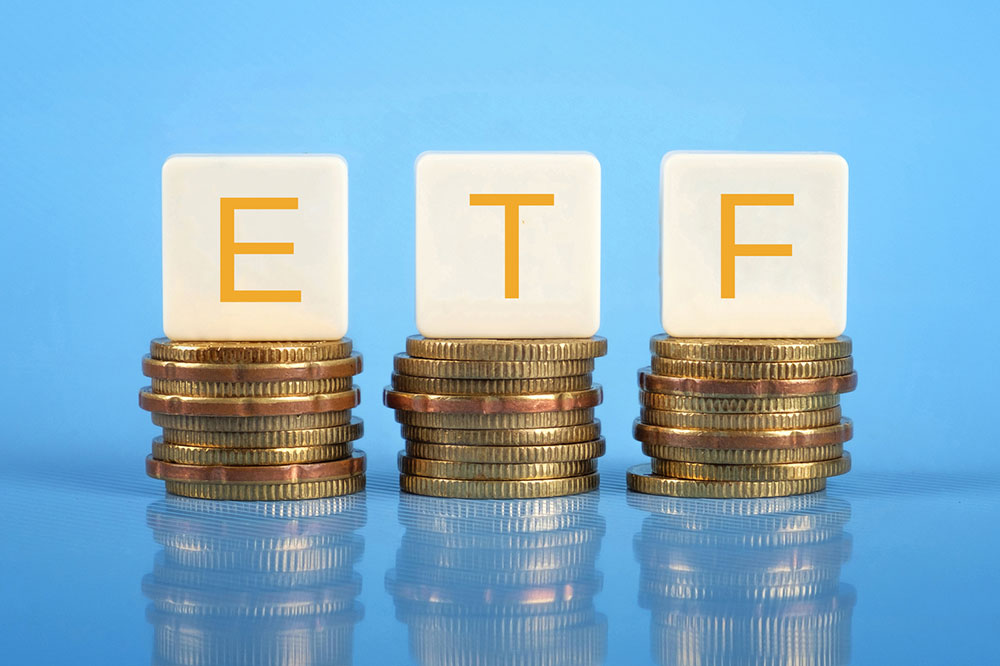Comprehensive Guide to Monthly Dividend Income ETFs for Smart Investors
This comprehensive guide explores the essentials of Monthly Dividend ETFs, helping investors select suitable funds for steady income. It discusses key factors like fund selection, diversification, expense ratios, and performance analysis. Suitable for both new and experienced investors seeking reliable passive income streams, the article provides practical tips for evaluating and investing in these low-risk, income-generating ETFs. Enhancing financial stability and building diversified portfolios through monthly dividend ETFs is achievable with informed choices and regular reviews.

Comprehensive Guide to Monthly Dividend Income ETFs for Smart Investors
In the world of investing, Monthly Dividend ETFs have gained commendable recognition as a reliable source of consistent passive income. These investment funds comprise a diversified selection of dividend-paying stocks, meticulously curated to provide investors with a steady stream of monthly cash flow. Specifically designed for both novice and seasoned investors aiming for stable income, these ETFs often track specific indexes, simplifying management and reducing transaction costs. Their focus on well-established, financially stable companies that can produce predictable dividends makes them a popular choice for those seeking lower-risk investment options that balance income and growth.
How to Choose the Right Monthly Dividend ETFs?
Selecting the ideal ETF requires a systematic assessment of various factors. Building a resilient and well-balanced portfolio involves understanding the underlying assets, dividend history, and performance metrics. Typically, ETFs holding larger, mature companies—such as those in sectors like utilities, consumer staples, and telecommunications—offer more reliable and steady dividend payouts as opposed to mid-cap or small-cap funds that may be more volatile.
Before diving into investments, it's critical to understand that not all monthly dividend ETFs are identical. Key considerations include:
Financial Goals and Investment Horizon
Understanding your financial objectives is essential. Younger investors may be inclined to accept higher risks for potentially greater growth, while retirees or those nearing retirement prioritize steady income and capital preservation. Clarifying these goals helps tailor an ETF portfolio that aligns with your risk tolerance and income needs.
Analyzing ETF Characteristics
When evaluating ETFs, consider factors such as dividend history, yield consistency, performance over multiple market cycles, expense ratios, top holdings, and the diversity of assets managed. Strategic selection ensures your investments effectively support your financial roadmap.
Here's a detailed approach to narrowing down your options —
Expense Ratios and Fees Focus on ETFs with low expense ratios, as lower costs contribute directly to higher net returns over the long term. Always compare management fees to find cost-effective options.
Dividend Yield Assess the dividend yield to estimate potential income. Be cautious: higher yields often carry increased risks, including the possibility of dividend cuts or underlying asset volatility.
Historical Performance Review past performance, emphasizing consistent dividend payouts and growth trends over various economic environments. This historical insight can indicate the stability and reliability of the fund.
Diversification of Holdings Ensure the ETF’s holdings spread across multiple sectors to avoid overexposure to any single industry, thereby mitigating sector-specific risks and enhancing overall portfolio stability.
Strategic Diversification Incorporating dividend ETFs can effectively diversify your portfolio, especially if you already hold a range of assets. For conservative portfolios, ETFs introduce steady income and some stability. Conversely, for aggressive portfolios, they add a layer of predictable cash flow, balancing risk and return.
Regular Portfolio Monitoring and Adjustment It’s important to periodically review your ETF holdings to ensure they remain aligned with your evolving financial goals. Changes in economic conditions or company fundamentals may necessitate adjustments to your investment strategy, even with passive ETFs.
How to Invest in Monthly Dividend ETFs? Investments can be conveniently made through online trading platforms or with professional financial advisors. Here are some top monthly dividend ETFs to consider:
Vanguard International High-Dividend ETF (VYMI) With an expense ratio of 0.22% and a yield of approximately 4.94%, VYMI holds around 1300 stocks from global markets. Since its inception in February 2016, it has delivered an average annual return of 8.02%, and manages assets totaling about $52.7 billion, making it a robust option for diversification and income.
Invesco S&P 500 High-Dividend Low-Volatility ETF (SPHD) This ETF boasts a 0.30% expense ratio and a 4.34% dividend yield. It tracks high-dividend stocks within the S&P 500, with a focus on sectors like utilities, communication services, and consumer staples, offering a combination of high income and reduced volatility.
Invesco High Yield Equity Dividend Achievers ETF (PEY) PEY compiles the 50 highest-yielding dividend stocks, delivering a 5.03% monthly yield. With quarterly rebalancing, it emphasizes low volatility, making it suitable for more conservative investors seeking regular income with less fluctuation.
Vanguard Dividend Appreciation ETF (VIG) Focused on companies with a track record of growing dividends, VIG has a minimal expense ratio of just 0.06% and assets around $75.6 billion. Its dividend yield is approximately 1.8%, suitable for investors seeking dividend growth over high current yields.
Schwab U.S. Dividend Equity ETF (SCHD) Tracking the Dow Jones U.S. Dividend 100 Index, SCHD offers a dividend yield of about 3.5%, with affordable management fees of only 0.06%. It maintains a diversified portfolio of approximately $54.2 billion in assets across multiple sectors, making it an excellent choice for U.S. income-focused investors.




